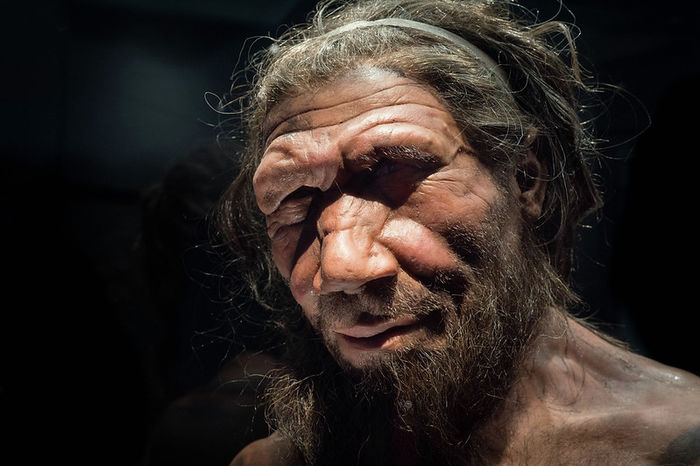Fossil remains of 326m year old giant millipede to go on display at Sedgwick Museum
The fluke discovery of Arthropleura revealed that the giant millipedes grew up to 2.7m long, making them the largest arthropod to ever live

The discovery of a 326m year old fossil at Howick Bay in Northumberland in 2018 was found to be one of the most complete specimens of the giant millipede, Arthropleura, to have ever been discovered. Dr. Neil Davies, Lecturer in the Department of Earth Sciences, describes the discovery as “a complete fluke,” where the way in which the boulder fell had “cracked open and perfectly exposed the fossil, which one of our former PhD students happened to spot when walking by."
Arthropleura was a genus of millipede arthropods that roamed Earth between 359 million and 299 million years ago, during the Carboniferous period, a time where Great Britain was equatorially located and experienced tropical weather. Their existence has been known known for around 170 years, but the evidence for the invertebrates has come primarily from disarticulated fossils, fossilised footprints, or trackways left behind, which have been discovered across Europe and North America.
We're delighted to be able to share this incredible specimen of Arthropleura - The largest invertebrate ever discovered - with our visitors in the new year 🎉
- The Sedgwick Museum (@SedgwickMuseum) December 21, 2021
The whole animal would've been 2.5m long, but the fossil is a more modest 75cm long. It still weighs a mighty 40kg! https://t.co/M48mWg1D8y pic.twitter.com/wlIZ8O2kOy
The Howick specimen, however, is one of three partially complete fossils presently known. It was brought to Cambridge for further analysis, and after comparison with previous records of Arthropleura, revealed a number of things about the invertebrates’ habitat and evolution.
It supported the affinity of Arthropleura for equatorial latitudes, and that it maintained its geographical range as the Carboniferous continents drifted northwards. It also revealed that Arthropleura did not live in coal swamps as previous reconstructions have suggested, but that they prefer open woodland habitats near the coast.
This particular fossil is the largest of the three presently known, and additionally revealed that Arthropleura could grow to a length of 2.7 metres and weigh around 50 kilograms. This makes Arthropleura the largest-known invertebrate of all time – larger than the ancient sea scorpions which previously held the record.
How they grew to such a size was previously attributed to to a peak in atmospheric oxygen during the late Carboniferous and Permian periods, but because this specimen came from rocks deposited before this peak, oxygen cannot be the only explanation. It has been suggested that Arthropleura must have had a nutrient-rich diet, with Davies adding that “there were plenty of nutritious nuts and seeds available in the leaf litter at the time, and they may even have been predators that fed off other invertebrates and even small vertebrates such as amphibians.”
Arthropleura explored Earth’s equatorial region for around 45 million years, before going extinct during the Permian period. The cause of their extinction is uncertain, but hypotheses include the aridification of the equatorial regions which would have made the climate too dry for them to survive, as well as the rise of reptiles who would have out-competed them for resources and soon dominated the same habitats.
The fossil will go on public display at the Sedgwick Museum of Earth Sciences in the New Year.
 News / SU reluctantly registers controversial women’s soc18 December 2025
News / SU reluctantly registers controversial women’s soc18 December 2025 News / CUP announces funding scheme for under-represented academics19 December 2025
News / CUP announces funding scheme for under-represented academics19 December 2025 Features / Should I stay or should I go? Cambridge students and alumni reflect on how their memories stay with them15 December 2025
Features / Should I stay or should I go? Cambridge students and alumni reflect on how their memories stay with them15 December 2025 Fashion / The art of the formal outfit 18 December 2025
Fashion / The art of the formal outfit 18 December 2025 News / Dons warn PM about Vet School closure16 December 2025
News / Dons warn PM about Vet School closure16 December 2025











